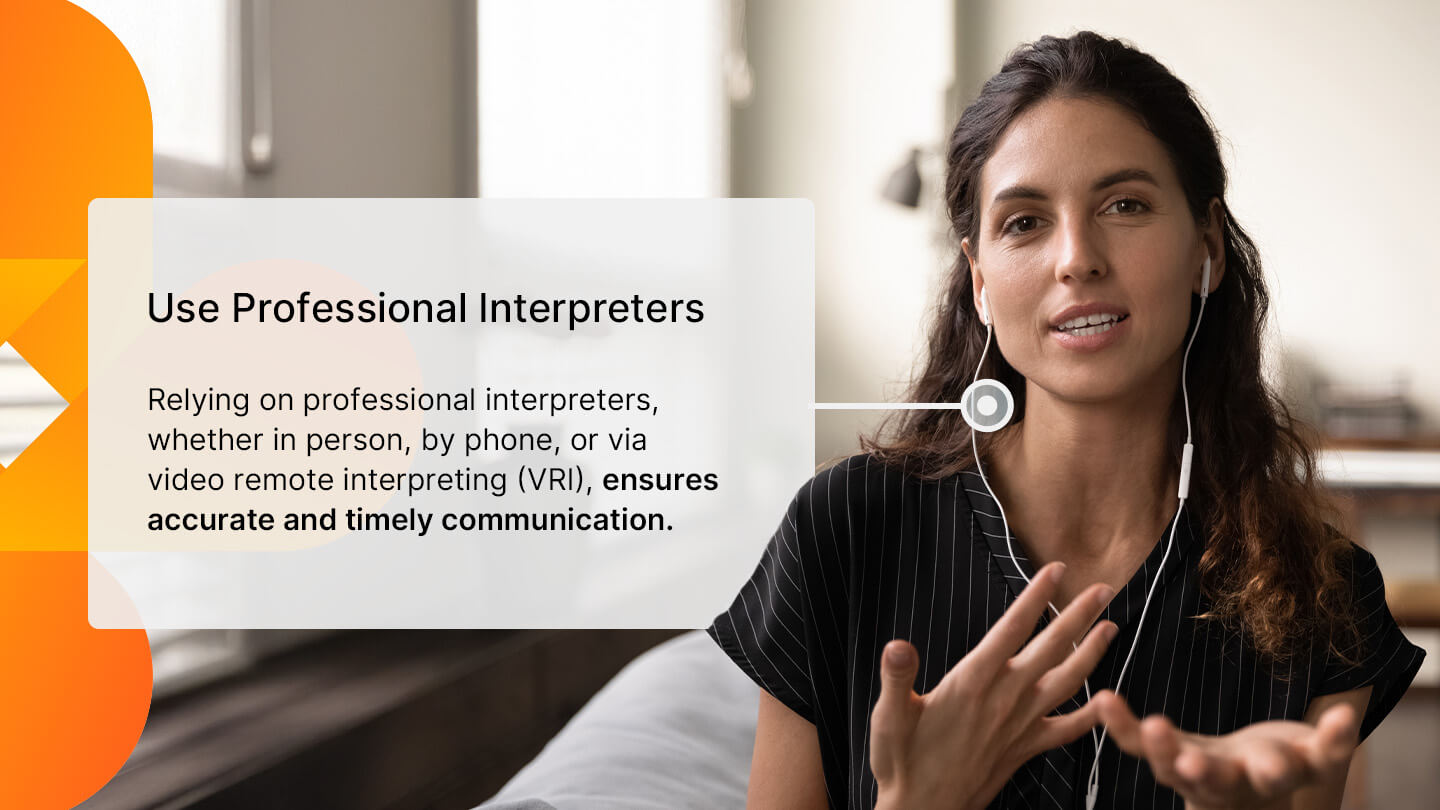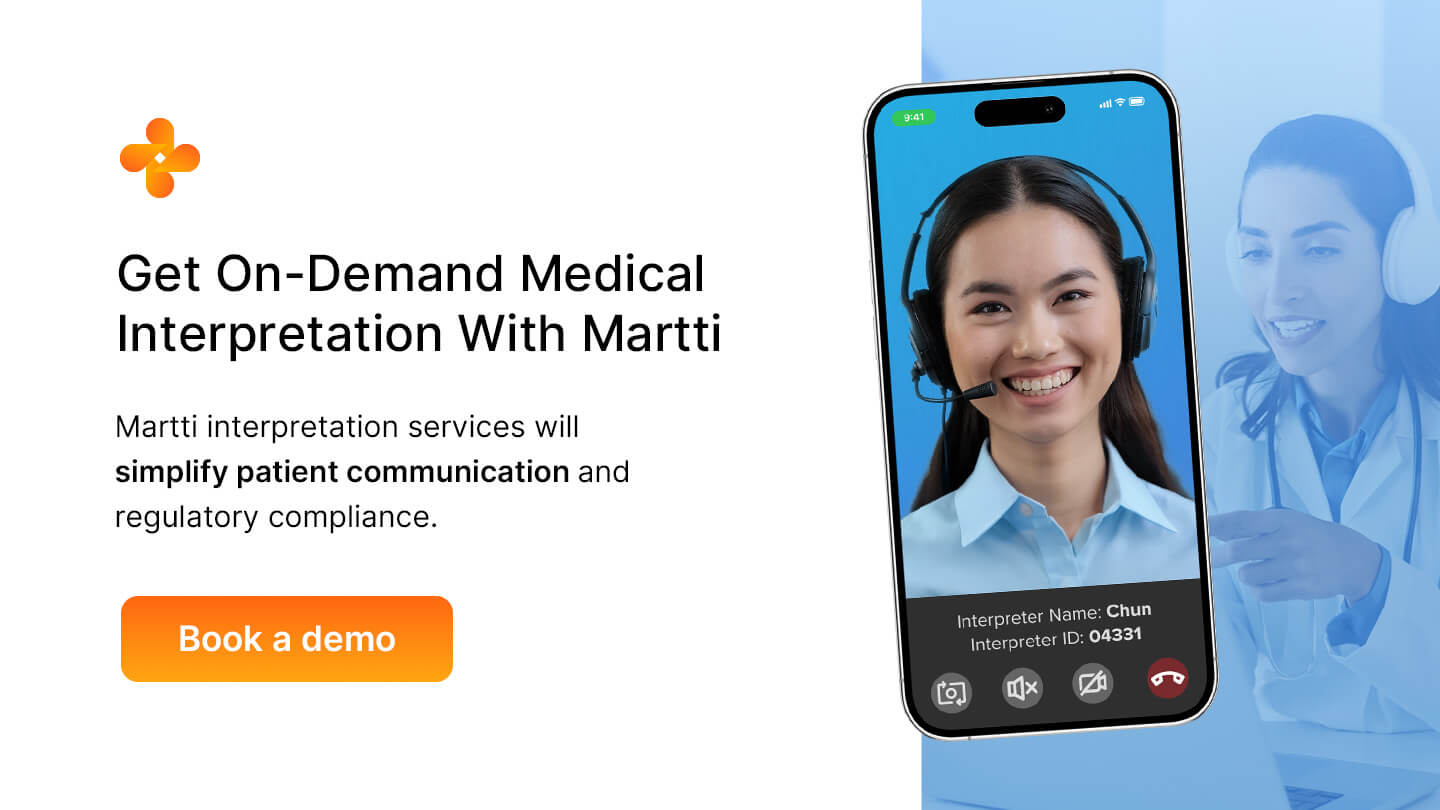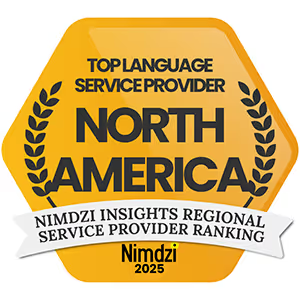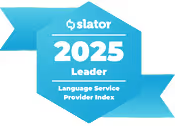Clear communication is essential in health care. When patients and providers do not speak the same language, you can lose critical details, leading to confusion, frustration, and even dangerous medical errors. As someone working in health care, you have likely seen these challenges firsthand — whether a patient struggling to describe their symptoms, a caregiver unable to follow discharge instructions, or a team member spending extra time trying to track down an interpreter.
Implementing effective strategies for overcoming language barriers in health care is more than a best practice. It is a necessity for delivering high-quality care.
Understanding Language Barriers in Health Care
Language barriers happen when patients and health care providers do not share a common language, making it difficult to exchange information. In the U.S., these barriers include, for example, a patient with limited English proficiency (LEP) who cannot fully express their pain level or symptoms in English, leading to a misdiagnosis, or a caregiver for an elderly Mandarin-speaking patient struggling to understand postoperative care instructions given in English.
Even when bilingual staff members are available, they may not know the medical vocabulary in both languages and may not have the interpreting training they need to interpret complex health information. Relying on family members can lead to further misinterpretation and incomplete communication.
Regulatory Compliance
Language barriers are a problem in health care because they cause confusion that can put both patient safety and health care organizations at risk. That is why we have regulatory bodies like the Centers for Medicare and Medicaid Services (CMS) and The Joint Commission, who set standards to ensure patients with LEP receive the care they deserve. Understanding these regulations and the legal implications of failing to meet them is critical for administrative and clinical teams to maintain compliance, reduce liability and financial risks, and improve patient outcomes.
CMS enforces language access requirements under Section 1557 of the Affordable Care Act (ACA), which prohibits discrimination based on national origin. This means health care facilities must offer free, timely language assistance, work with qualified interpreters, and let patients know they have the right to language access in their preferred language.
The Joint Commission accredits hospitals and other health care facilities, and they require these organizations to provide language services that support effective communication. These requirements include access to qualified interpreters, translation for critical documents like discharge instructions, and staff training on language policies.
Consequences of Language Barriers on Patient Outcomes
How does language affect communication in health care? Administrative teams can face various operational inefficiencies due to language barriers. They may need to spend more time coordinating interpretation services or clarifying information or they may not be able to interact with a patient at all, which adds stress and delays patient care. Patient safety and quality of care can also suffer. Some of the more serious consequences include:
- Treatment delays: When patients struggle to describe their symptoms accurately, clinicians may make incorrect assumptions, which leads to misdiagnosis or unnecessary tests.
- Medication errors: Patients who do not fully understand prescription instructions are at greater risk of taking the wrong dosage or missing doses entirely.
- Patient distrust: If patients feel unheard or misunderstood, they are less likely to trust their providers. This can also mean they do not take care of their health as they should.
- Hospital readmissions: Miscommunication at discharge can mean patients fail to follow care plans, leading to complications and avoidable readmissions.
For example, say a patient with LEP only gets verbal instructions, without an interpreter present, on taking their medication. They risk overdose, underdose, and drug-drug and drug-food interactions. Health care providers risk malpractice. Additionally, as many as 25% of their patients don’t return because there’s no access to communication (in some cities, the LEP population exceeds 25%). If these facilities are federally funded, they violate federal and state laws by not providing proper language access services.
Best Practices for Overcoming Language Barriers
With over 25.7 million LEP individuals in the United States, proactive measures to overcome language barriers are crucial. Health care organizations can implement several strategies, or a combination of these, to improve communication with LEP patients.
Work with Professional Interpreters

Relying on professional interpreters, whether in person, by phone, or via video remote interpreting (VRI), ensures accurate and timely communication. Unlike ad hoc interpreters, trained professionals understand medical terminology and confidentiality requirements. VRI offers fast, high- quality, reliable solutions, providing on-demand access to these qualified interpreters with shorter wait times than in-person services. This is particularly useful in emergency settings or for languages with fewer or no local interpreters.
Train Staff on Language Access Policies
Ensure your clinical and administrative teams understand when and how to access interpreter services. Training should cover:
- Identifying when to use language interpretation services.
- How to access and request an interpreter, in a timely manner, with language selection preferences.
- Best practices for communicating through an interpreter and using devices.
- Training staff in cultural awareness and sensitivity to help them offer more patient-centered care.
Offer Multilingual Patient Materials
Offer written materials, consent forms, or discharge instructions in multiple languages to help patients better understand. Plain language and visual aids help make information accessible to all literacy levels for English and non-English speaking patients.
Use Technology for Language Access
Devices that are integrated into healthcare technology, such as electronic health record systems or telehealth platforms, simplify VRI services for both patients and health care providers.
Integrated language services make accessing interpreters easier by embedding access into the platforms providers already use. These integrations can automate repetitive tasks, like documentation, saving providers valuable time.
Why Trust Us?
Martti is the healthcare industry’s interpretation pioneer, providing VRI services for over 20 years. Access qualified medical interpreters in over 250 languages, including American Sign Language (ASL).
In an average of less than 20 seconds, you can connect to an interpreter who adheres to the Health Insurance Portability and Accountability Act (HIPAA) and the National Council on Interpreting in Health Care (NCIHC), and who scores level 3 or higher in the Interagency Language Roundtable (ILR) assessment score.
Martti integrates with top EHR systems, saving you an average of two minutes per encounter with features like one-click launch, automatic documentation, smart language selection, and simplified reimbursement processes.
Get On-Demand Medical Interpretation With Martti
Language barriers create significant challenges for patients and providers, leading to inefficiencies, poor outcomes, and frustration. By integrating professional interpreters, leveraging technology, and improving staff training, health care organizations can deliver equitable, high-quality care for all patients, regardless of the language they speak. Investing in language access solutions like VRI helps bridge communication gaps. Every patient gets the care they need without unnecessary delays or risks.
Whether you work at a clinic, hospital, pharmacy, or community health center, Martti interpretation services will simplify patient communication and regulatory compliance. You and your team have access to real-time medical interpretation 24/7.
Book a demo today or contact us to learn more about Martti's support.

Linked Sources
- https://med.uc.edu/landing-pages/uccom-tribunal/com-chronicles/exploration-of-medicine/2022/09/01/healthcare-standards-across-language-barriers
- https://www.jointcommission.org/resources/news-and-multimedia/newsletters/newsletters/quick-safety/quick-safety--issue-13-overcoming-the-challenges-of-providing-care-to-lep-patients/overcoming-the-challenges-of-providing-care-to-lep-patients/
- https://www.cms.gov/files/document/cms-2023-omh-lep-infographic.pdf
- https://www.martti.io/interpreters
- https://www.hhs.gov/sites/default/files/ocr-dcl-section-1557-language-access.pdf
- https://www.usccr.gov/meetings/2025/03-21-language-access-individuals-limited-english-proficiency
- https://www.martti.io/devices
- https://www.martti.io/case-studies
- https://www.martti.io/integrations
- https://www.martti.io/contact










